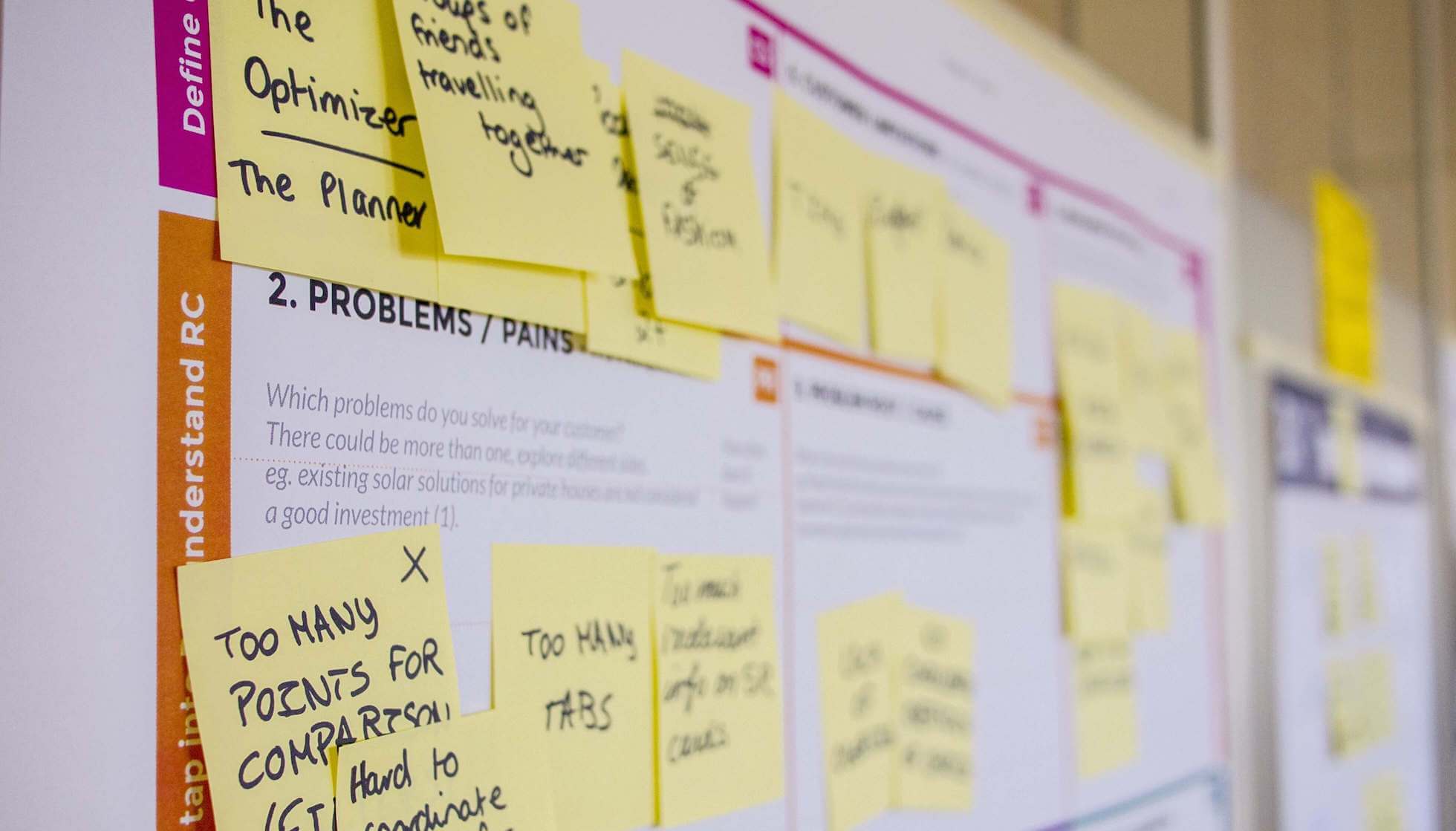By aligning your team to Continuous Delivery/Deployment, each team member takes on additional roles and responsibilities as more of their work and work processes become automated. Implementing CI/CD requires a team-wide, arguably an organization-wide focus, and is most efficiently tackled when it’s planned from the very beginning of your project and earliest stages of your startup. It should factor into your hiring process with job requirements for your development team.
QA/XA Specialists (or UI/UX specialists) become Story Owners, in addition to working on and incorporating feedback into the UI/UX, measure and strive to continuously improve software performance.
Software Developers become responsible not just for docking, but testing, approving, and deploying their work. They also share the responsibility of measuring their performance with QA/UX specialists. Ideally, at least one software engineer should have security expertise so it can be integrated more efficiently during development.
DevOps/Automation Architect is the critical link in the CI/CD delivery chain. In teams not yet capable of CI/CD, a DevOps specialist may be responsible for tasks like producing the scripts to automate tests for software developers. In CI/CD they will more often take on more complex tasks like setting up third-party services like AWS or Google Code Deploy to simulate production-like environments.
In CI/CD, the role of Product Owner/Manager can move or merge into a couple of other roles, simultaneously. Many of their previous functions in validating and approving commits across different stages of the pipeline are automated, no longer requiring their intervention. They may take on the role of Senior Manager and DevOps Evangelist to promote continuous improvement and automation organization-wide.
Alternatively, the role may blend into that of a Business Analyst in defining feature value and usability, alongside meeting software specifications. In this regard, they are also a Story Owner and will work more closely with designers and developers. Which role they take on should be based upon organization composition and technical orientation.
